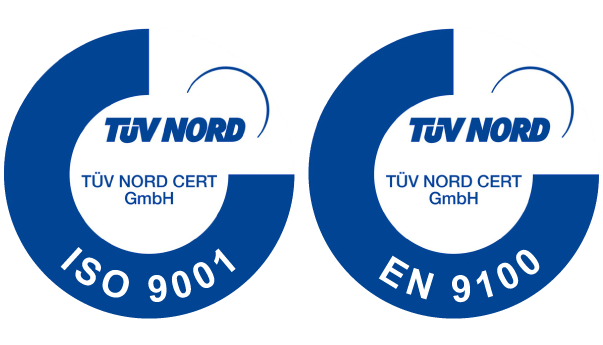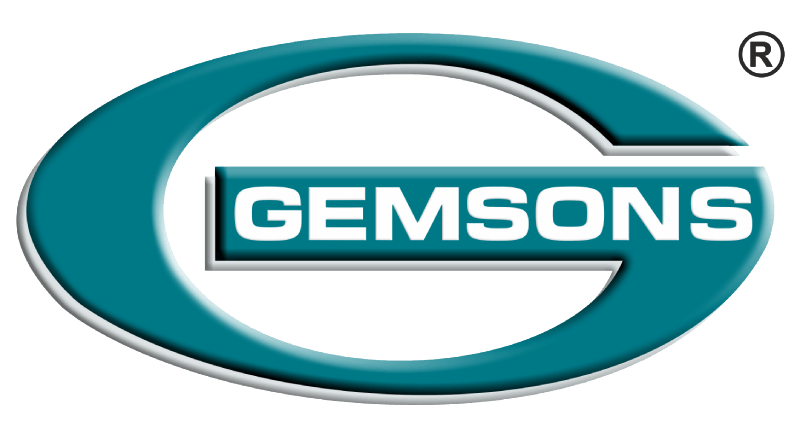Ultrasonic cleaning is a highly effective and efficient way to clean a wide range of items, from delicate jewelry to heavy-duty industrial equipment. Ultrasonic cleaners use high-frequency sound waves to create microscopic bubbles that agitate and dislodge dirt, grime, and other contaminants.
Ultrasonic cleaning creates high-frequency sound waves that create microscopic bubbles in a liquid solution. These bubbles are then forced into the cleaned object’s small crevices and tight spaces. As the bubbles collapse, they create an intense scrubbing action that loosens and removes any dirt or grime on the surface.
The ultrasonic cleaning process typically involves placing the item into a tank filled with a liquid solution formulated for ultrasonic cleaning. The tank is then activated with ultrasonic energy, creating millions of microscopic bubbles in the solution. The item being cleaned is then immersed in this solution and subjected to these tiny but powerful scrubbing bubbles.
However, choosing the right ultrasonic cleaning solution for your business needs can be daunting. This article will discuss some key factors to consider when selecting an ultrasonic cleaning solution.
Type of Contaminants:
The first thing you must consider when selecting an ultrasonic cleaning solution is the type of contaminants you must remove. Different solutions are formulated to tackle contaminants such as grease, oil, carbon deposits, rust, etc. For example, if you are cleaning electronics or delicate items like jewelry or eyeglasses, choose a gentle solution that won’t damage the item’s surface.
Material Compatibility:
Some ultrasonic cleaning solutions can damage certain materials, such as plastics or metals if left in the bath too long or used at high concentrations. Always check the manufacturer’s recommendations for material compatibility before selecting a solution.
Concentration and Dilution Ratio:
An ultrasonic cleaning solution’s concentration and dilution ratio are critical factors in determining its effectiveness. A higher concentration only sometimes means better results; in fact, using too much of some solutions can damage items being cleaned or even pose health hazards if not used correctly.
PH Level:
The PH level of an ultrasonic cleaning solution is another crucial factor that affects its performance and safety. Solutions with high pH levels can corrode metals over time, while those with low pH levels can damage plastics and other materials.
Temperature Tolerance:
Ultrasonic cleaners work best when operated at specific temperatures depending on the type of contaminant being removed and the item being cleaned. Some solutions require higher temperatures than others to work effectively, while others may become less effective at higher temperatures.
Safety Considerations:
When working with any chemicals or solutions, it is essential to prioritize safety first; this includes choosing safe-to-use products that minimize risks associated with handling chemicals like skin irritation or inhalation hazards.
Environmental Impact:
Businesses must also consider environmental impact when choosing an ultrasonic cleaning solution, as some formulations contain harsh chemicals that may harm aquatic life if disposed of improperly through drainage systems.
Cost-Effectiveness:
Cost-effectiveness should also be considered when deciding on what type of ultrasonic cleaner fluid should be purchased since there are different options available in terms of price point; however, expensive doesn’t always mean better quality, so it’s important not just focus on cost alone but rather on what offers the most value for money in terms effectiveness as well as safety considerations mentioned above.
Choosing the right ultrasonic cleaner fluid for your business needs requires careful consideration based on several factors, including the type of contaminants present, material compatibility & temperature tolerance.



Recent Comments